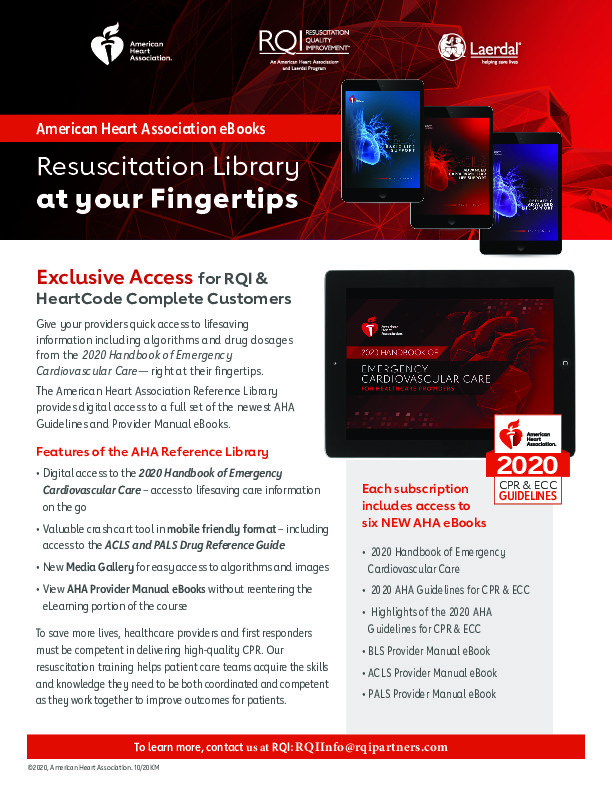

You are physically incapable of continuing.An EMS or another citizen responder takes over.Place animal on its back and use the same positioning and technique as for adult humans Whether you perform CPR steps on an adult, child, infant, or pets, DO NOT STOP unless: Use the two-handed technique, placing your hands directly over the heart.įor Barrel-Chested Dogs Like English Bulldogs:.Use the two-handed technique, placing your hands over the widest part of the chest.įor Deep, Narrow-Chested Dogs Like Greyhounds:.Give two mouth-to-snout rescue breaths after each set of compressions (30:2).Allow the chest to fully recoil between compressions.Give 30 chest compressions (100-120x/minute).Use the one-handed technique, wrapping the hand over sternum and chest.Repeat these steps three to four times.Infant: Push with two to three fingers about 1.5 inches deep.Child: Push with one or two hands about two inches deep.Give 30 chest compressions (100x/minute):.Blow in for one second, so the chest visibly rises and repeat this once.Infant: Make a complete seal over their mouth and nose.Child: Pinch the nose shut and make a complete seal over their mouth.If there’s no breathing, give either of these two rescue breaths:.Tilt the head back a bit and lift chin to open the airway and check for breathing.TIP: Give compressions to the beat of disco hit “Stayin’ Alive”! CPR Steps For Younger Children and Infants Allow the chest to rise fully between compressions.Keep your elbows straight and align your shoulders directly over your hands.Place the heel of your other hand over the first and lace fingers together.Place the heel of one hand on the center of the patient’s chest.


If you happen to be near an AED (defibrillator), read the instructions and give one shock to the patient (this applies to humans only). If the patient is an animal, call the closest animal hospital. If others are around, instruct them to call 911 and if you’re alone, do it yourself. Before You Start CPRįirst of all, check if the patient can respond by tapping them on the shoulder and shouting, “Are you okay?” If they don’t respond, call for medical emergency services immediately. Almost 90% of cardiac arrest patients die because no one performed CPR at the scene. At eight to ten minutes, the patient can die. At four minutes without oxygen, the patient will suffer from permanent brain damage. alone, hands-on CPR can actually double or triple an adult’s chance of survival. While 400,000 cardiac arrests happen outside of hospitals each year in the U.S.
#Cpr pdf info how to
In brief, knowing how to perform CPR steps can save the life of a loved one someday. This is especially alarming since almost 90% of cardiac arrests occur at home - where patients depend on the immediate respiratory care response of their family members. Anybody can and anybody should learn how to perform CPR (Cardiopulmonary resuscitation): According to the American Heart Association, a stunning 70% of Americans don’t know how what to do if somebody is experiencing a cardiac emergency because they don’t know how to administer CPR or they forgot the exact technique.


 0 kommentar(er)
0 kommentar(er)
